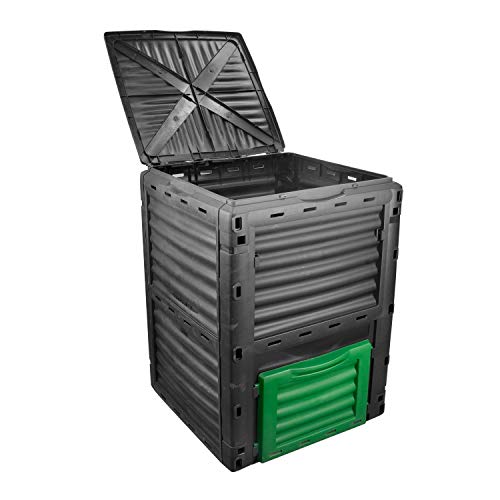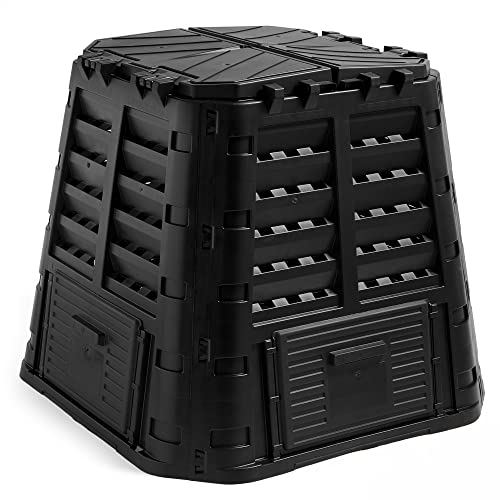The Basics of Composting
Composting is a natural process that breaks down organic matter to create a nutrient-rich soil amendment. The key to successful composting is creating the right balance of carbon and nitrogen-rich materials. Without this balance, the composting process may be slow or produce an unpleasant odor. In general, a good carbon to nitrogen ratio for a compost bin is 30:1.
Understanding Carbon and Nitrogen Sources
Carbon-rich materials provide the energy source for the microorganisms that break down organic matter in the compost bin. These materials are often referred to as “browns” and include items such as dried leaves, sawdust, and shredded paper. Nitrogen-rich materials, or “greens,” provide the protein source for the microorganisms and include items such as grass clippings, vegetable scraps, and coffee grounds.
Calculating the Carbon to Nitrogen Ratio
To determine the carbon to nitrogen ratio of your compost bin, you’ll need to measure the amount of each type of material you’re adding. One easy way to do this is by using a kitchen scale. Weigh equal amounts of both carbon and nitrogen sources and then compare the weights. The ideal ratio for composting is 30 parts carbon to 1 part nitrogen.
Troubleshooting Your Compost Bin
If your compost bin is producing an unpleasant odor or not breaking down as quickly as you’d like, it may be due to an imbalance of carbon and nitrogen sources. If you notice an odor, add more carbon-rich materials to absorb the excess nitrogen. If your compost is slow to break down, add more nitrogen-rich materials to increase the microbial activity.
Experimenting with Your Compost Bin
Every compost bin is different, and the ideal carbon to nitrogen ratio may vary depending on factors such as temperature, moisture, and the types of materials you’re using. Don’t be afraid to experiment with your compost bin, adding different materials in varying amounts to see what works best. Over time, you’ll learn how to create the perfect balance and produce nutrient-rich compost for your garden or houseplants.






